I love historic sites, but often when I’m trying to teach my boys about how far we’ve come in the last couple centuries it’s hard for them to imagine. Heck, they can’t even grasp the fact that I didn’t have an ipad growing up. Over the last couple years one of the best ways I have found to give them a better appreciation of history is taking them to various historical sites.
Established more than 50 years ago, Black Creek Pioneer Village is a museum that shows life in 1860’s rural York County.
Anchored by the Stong Family Farm, which is in it’s original early 1800’s location, this town includes 40 historic buildings that have been transferred to, or rebuilt, on the site from local communities.
When you visit you are able to wander the grounds and check out the town and its buildings at your leisure.
We started our tour at the tinsmith shop and then made our way to the Edgely Mennonite Meeting House. The oldest surviving meeting house in Ontario, this log structure was constructed with first growth White Pine in 1824. Amazingly the benches and stove are original furnishings. Located next door is accompanying drive shed, which was originally constructed in 1860.
As you make your way down Maple Avenue you will come to a photography studio and the event Pavillion, which houses a visitor snack bar and washrooms. Visitors can also grab a bite in the Half way house located just one street over.
Across the street the town hall, which was built in 1858 was used by the village council and the circuit judge. Local meetings, concerts and other community events were also held here.
Next door you can see how rugs were weaved or how flyers and newspapers were created at the print shop. This building was originally built in 1850 as a Temperance hall, but was re-purposed in the 1860’s as a weaver’s shop and printing office.
The doctor’s house across the street gave us a look at how a middle class family lived in the 1830’s. This one, which came from Brampton is complete with wall to wall carpet in the parlor, a square piano and a horsehair couch. Out back kids can try their hand at carrying the buckets of water to the house or explore the heritage garden.
The Mackenzie House, which was built in 1830 and expanded in 1850 to include a kitchen, shows how mom and dad made a living, while keeping the family close. Here dad ran a repair shop and mom was a seamstress. The rooms in the front were designated for dad’s business and the kitchen at back of the house was where mom sewed garments for the locals. Here a guide showed us how sewing machines during this time stitched sideways, as opposed to front and back.
As you make your way through the town your will see villagers dressed in period wear heading from building to building, as well as a horse drawn carriage which takes visitors around the town.
A highlight for us was seeing the Stong Family Farm. This expansive property was the home of the Stong family until the late 1950s when it was sold to the museum. Daniel and Elizabeth Stong arrived in the area in the early 1800s and built their first house, which still sits on the property. In 1832 their second home, was built with hand sewn timber. This two-story, seven room house features a big kitchen, a parlor and the original foundation. The house, including many of the household items inside, is original.
The couple kept a large variety of livestock including sheep for wool. Inside the Stong’s first house a worker showed us how the wool was dyed and spun to be used for clothing. Today, many of the Stong family are buried in the cemetary located at the very top of the property behind the church.
If you travel behind the farm there is a path that takes you directly to Roblin’s Mill.
Moved to the site in the 1960’s the five story mill was taken down piece by piece and transported from its original location in Ameliasburg Prince Edward Island after it was designated to be demolished. Inside a staff member is on hand to demonstrate how the flour was ground and transported through the building. During its heyday this mill produced 100 barrels of flour a day, and ran 24 hours a day.
Just across from the mill is the jewel of the village. Dickson’s Hill School is a typical one-room school house . It was moved from Dickson Hill, a small community in northeast Markham and is designed to the recommendations of Egerton Ryerson. A week after our visit popstar Katy Perry visited the museum and posed in the corner wearing the school’s famous dunce cap.
The collection of buildings in this village are not only impressive, but they are inspirational in helping both the young and old learn more about our predecessors. The staff at Black Creek Pioneer Village was wonderful in answering our questions and teaching the kids little facts about this era. I highly recommend a visit if you are in the area.
Families looking to stay on budget will love that kids are FREE Monday to Friday during the months of July and August. My admission was $18 and parking was $7. I brought snacks and drinks so our cost was less than $30 for 3!




















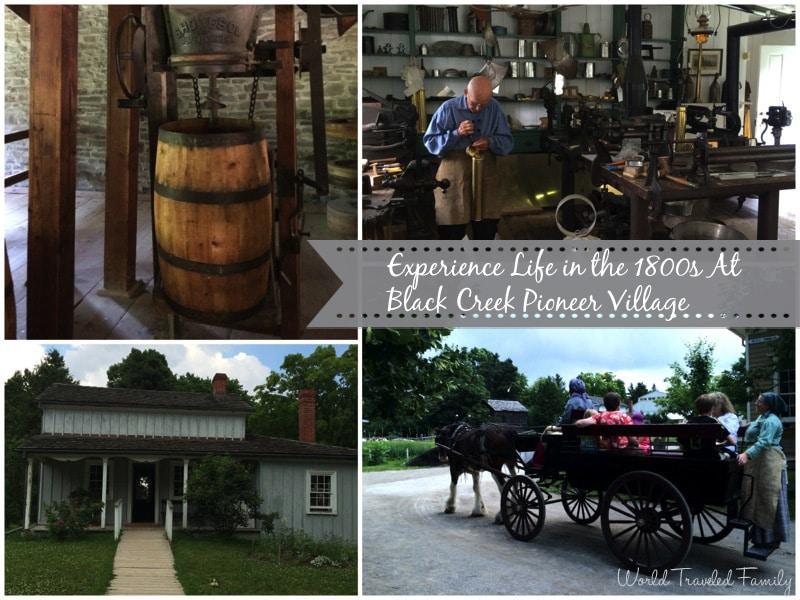
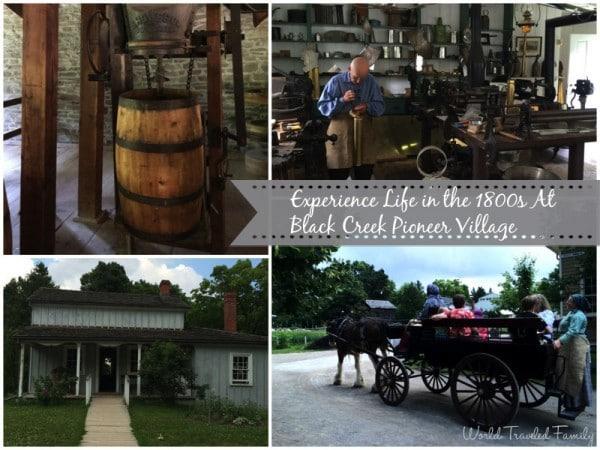
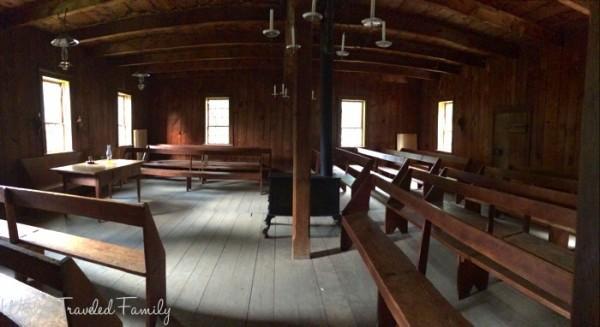
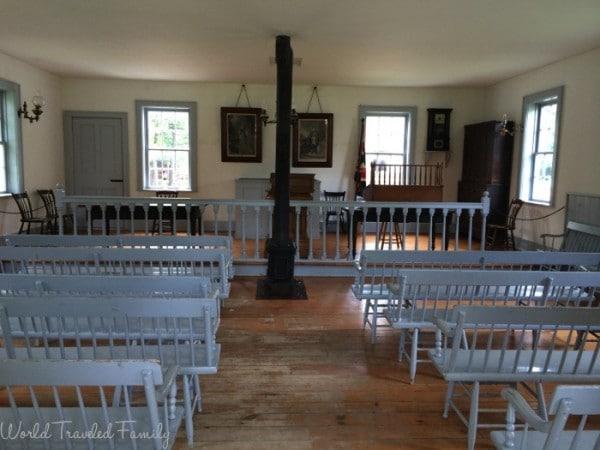
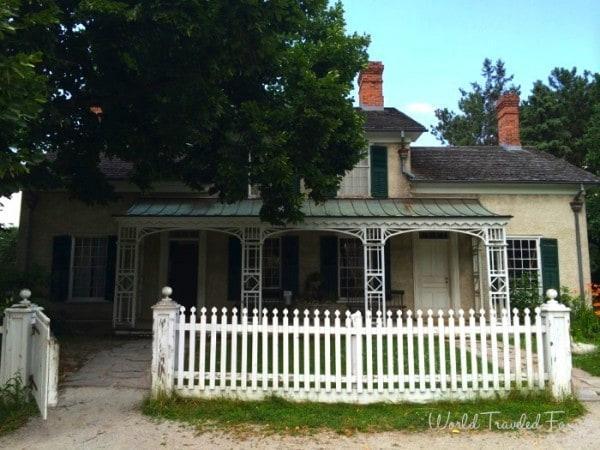
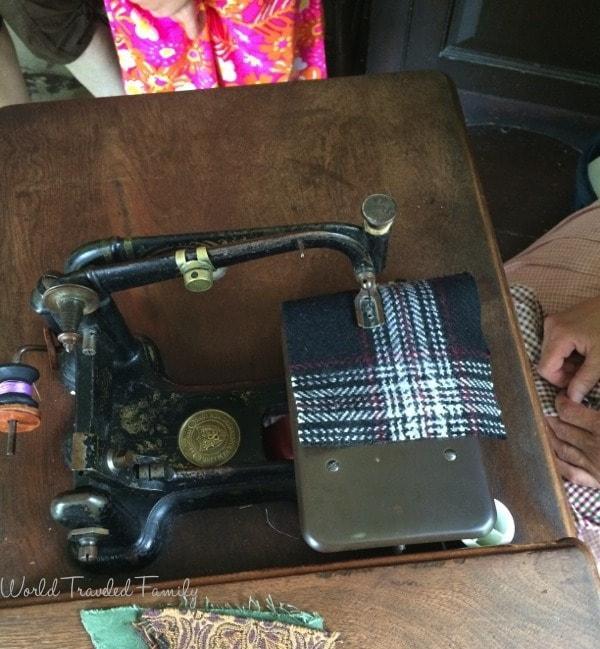
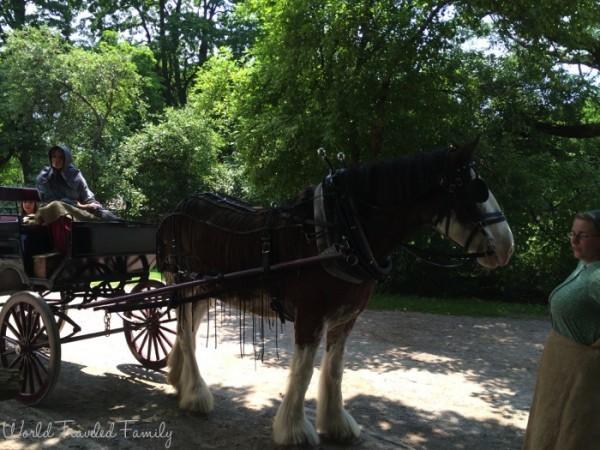
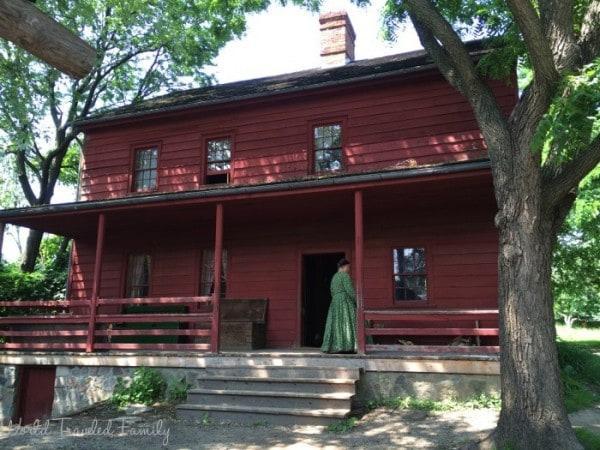
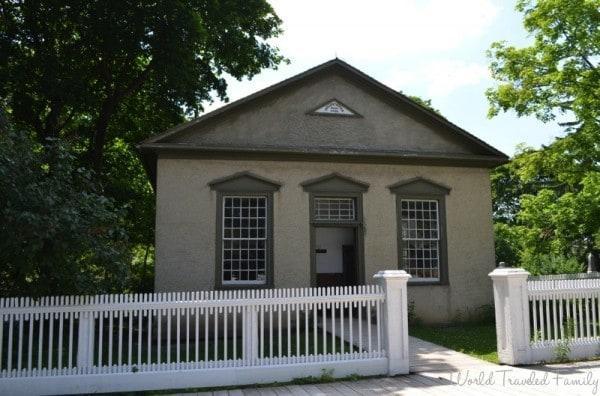
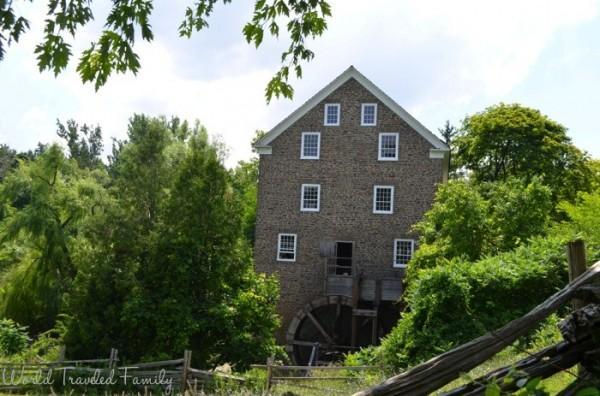
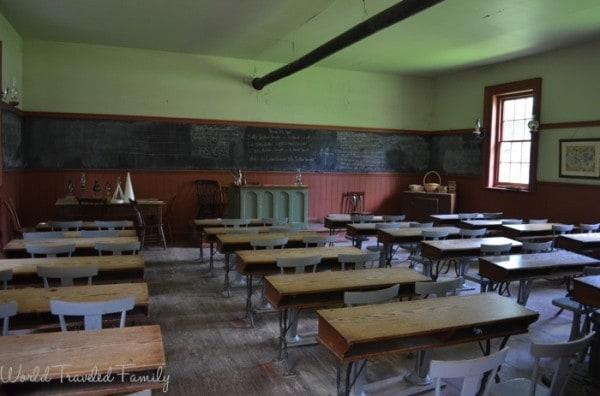
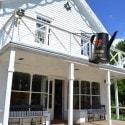
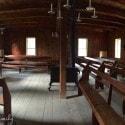
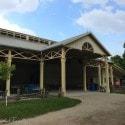

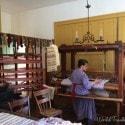
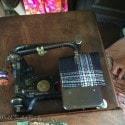
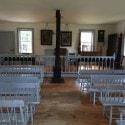
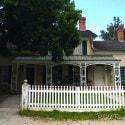
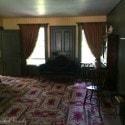
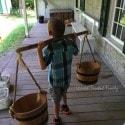
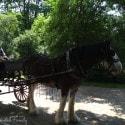
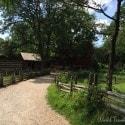
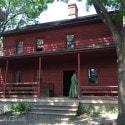
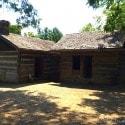
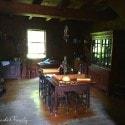
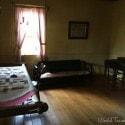
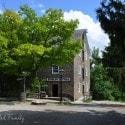
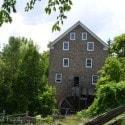
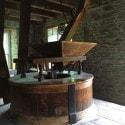
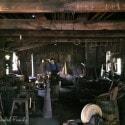
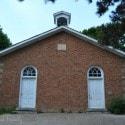

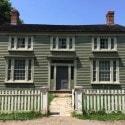
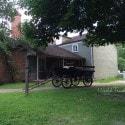
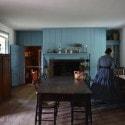
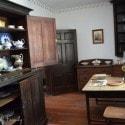
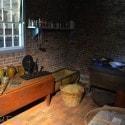
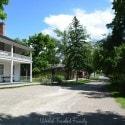
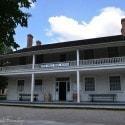
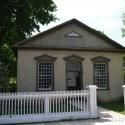
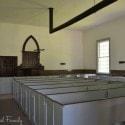
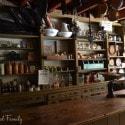

Like truly stepping back in time. Love the photos!
We love living history – this would be just up our street! There are some great places like this in the UK too